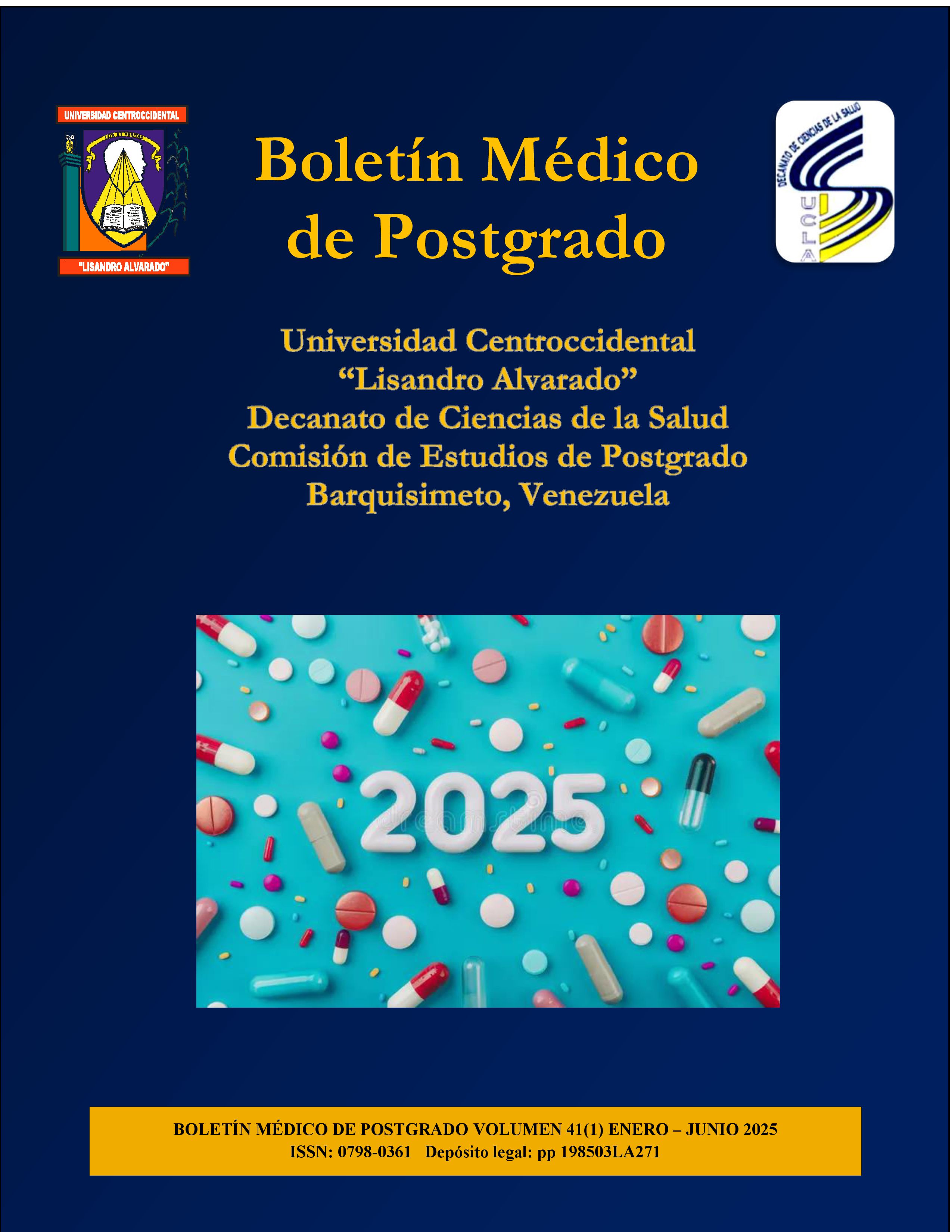Solid pseudopapilar neoplasm of the pancreas: experience in a center and review of the literature
Abstract
Solid pseudopapillary neoplasm of the pancreas is a rare entity representing 2% to 3% of pancreatic neoplasms and 0.9% to 2.7% of pancreatic neoplasms of exocrine origin. In the original description, the tumor was classified as a benign exocrine glandular lesion, most probably a papillary cystadenoma. We present cases of female patients who presented symptoms such as epigastralgia, nausea, heartburn and dyspepsia with imaging studies suggestive of pseudopapillary neoplasm of the pancreas confirmed by biopsy via FNA, who underwent surgical resection with definitive biopsy and satisfactory evolution. This pathology, although infrequent, is easily diagnosed and its surgical resolution is mandatory. Cephalic duodenopancreatectomy is preferred for those cases in which the lesion is confined to the head of the pancreas, either for its variant in Whipple or Traverso-Longmire surgery as well as its variants in gastric reconstruction; likewise, for those cases in which it is present in the body and tail of the pancreas, corpocaudal pancreatectomy is performed with or without splenic preservation and/or preservation of the splenic vessels.
Downloads
References
Dinarvand P, Lai J. Solid Pseudopapillary Neoplasm of the Pancreas: A Rare Entity With Unique Features. Arch Pathol Lab Med 2017; 141(7): 990-995.
Zalatnai A, Kis-Orha V. Solid-pseudopapillary Neoplasms of the Pancreas is still an Enigma: a Clinicopathological Review. Pathol Oncol Res 2020; 26(2): 641-649.
Reindl BA, Lynch DW, Jassim AD. Aggressive variant of a solid pseudopapillary neoplasm: a case report and literature review. Arch Pathol Lab Med 2014; 138(7): 974–978.
Yan SX, Adair CF, Balani J, Mansour JC, Gokaslan ST. Solid pseudopapillary neoplasm collides with a well-differentiated pancreatic endocrine neoplasm in an adult man. Am J Clin Pathol 2015; 143(2): 283–287.
Antoniou EA, Damaskos C, Garmpis N, Salakos C, Margonis GA, Kontzoglou K, et al. Solid Pseudopapillary Tumor of the Pancreas: A Single-center Experience and Review of the Literature. In Vivo 2017; 31(4): 501-510.
Sanchez JA, Newman KD, Eichelberger MR, Nauta RJ. The papillary-cystic neoplasm of the pancreas. An increasingly recognized clinicopathologic entity. Arch Surg 1990; 125(11): 1502-5.
Machado MC, Machado MA, Bacchella T, Jukemura J, Almeida JL, Cunha JE. Solid pseudopapillary neoplasm of the pancreas:distinct patterns of onset, diagnosis and prognosis for male versus female patients. Surgery 2008; 143: 29-34.
Angel-Fernandez J. Tumores quísticos del páncreas:revisión de la literatura. Cir Esp 2003; 73: 297-308.
Choi JY, Kim MJ, Kim JH, Kim SH, Lim JS, Oh YT, Chung JJ, et al. Solid pseudopapillary tumor of the pancreas: typical and atypical manifestations. AJR Am J Roentgenol 2006; 187: 178-86.
Tajima Y, Kohara N, Maeda J, Inoue K, Kitasato A, Natsuda K, et al. Peritoneal and nodal recurrence 7 years after the excision of a ruptured solid pseudopapillary neoplasm of the pancreas: report of a case. Surg Today 2012; 42: 776–780
Guerrache Y, Soyer P, Dohan A, Faraoun S, Laurent V, Tasu J-P, et al. Solid-pseudopapillary tumor of the pancreas: MR imaging findings in 21 patients. Clin Imaging 2014; 38(4): 475–482.
Lee JH, Yu JS, Kim H, Kim JK, Kim TH, Kim KW, et al. Solid pseudopapillary carcinoma of the pancreas: differentiation from benign solid pseudopapillary tumour using CT and MRI. Clin Radiol 2008; 63(9): 1006–1014.
Huang HL, Shih SC, Chang WH, Wang TE, Chen MJ, Chan YJ. Solid-pseudopapillary tumor of the pancreas: clinical experience and literature review. World J Gastroenterol 2005; 11(9): 1403-9.
Venkat R, Edil BH, Schulick RD, Lidor AO, Makary MA, Wolfgang CL. Laparoscopic distal pancreatectomy is associated with significantly less overall morbiility compared to the open technique. Ann Surg 2012; 255: 1048-59.
Warshaw AL. Conservation of the spleen with distal pancreatectomy. Arch Surg 1988; 123: 5503.
Fernández-Cruz L, Martínez I, Gilabert R, César-Borges G, Astudillo E, Navarro S. Laparoscopic distal pancreatectomy combined with preservation of the spleen for cystic neoplasms of the pancreas. J Gastrointest Surg 2004; 8: 493-501.
Yu Z, Li H, Jin C, Fu D, Di Y, Hao D, et al. Splenic vessel preservation versus Warshaws technique during spleen-preservating distal pancreatectomy: a meta-analysis and systematic review. Langerbecks Arch Surg 2015; 400: 183-91.
Published
Versions
- 2025-01-06 (2)
- 2025-01-05 (1)
How to Cite
Issue
Section

This work is licensed under a Creative Commons Attribution-NonCommercial-ShareAlike 4.0 International License.
Las opiniones expresadas por los autores no necesariamente reflejan la postura del editor de la publicación ni de la UCLA. Se autoriza la reproducción total o parcial de los textos aquí publicados, siempre y cuando se cite la fuente completa y la dirección electrónica de esta revista. Los autores(as) tienen el derecho de utilizar sus artículos para cualquier propósito siempre y cuando se realice sin fines de lucro. Los autores(as) pueden publicar en internet o cualquier otro medio la versión final aprobada de su trabajo, luego que esta ha sido publicada en esta revista.



